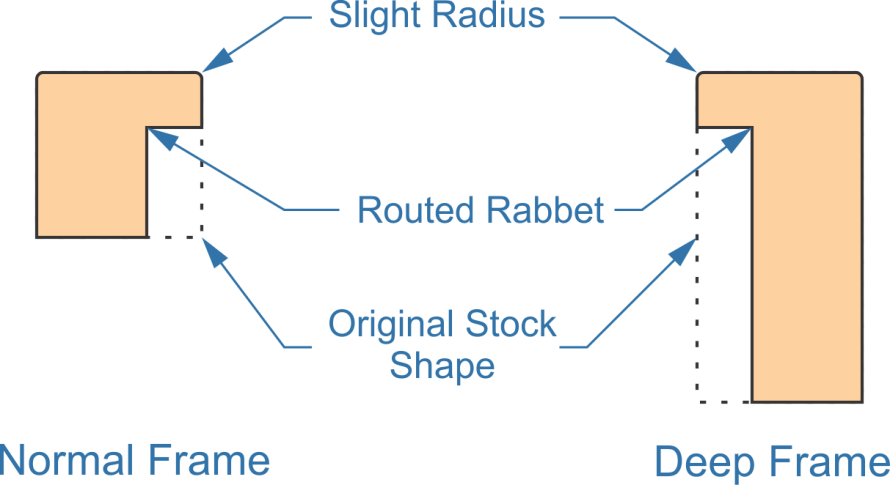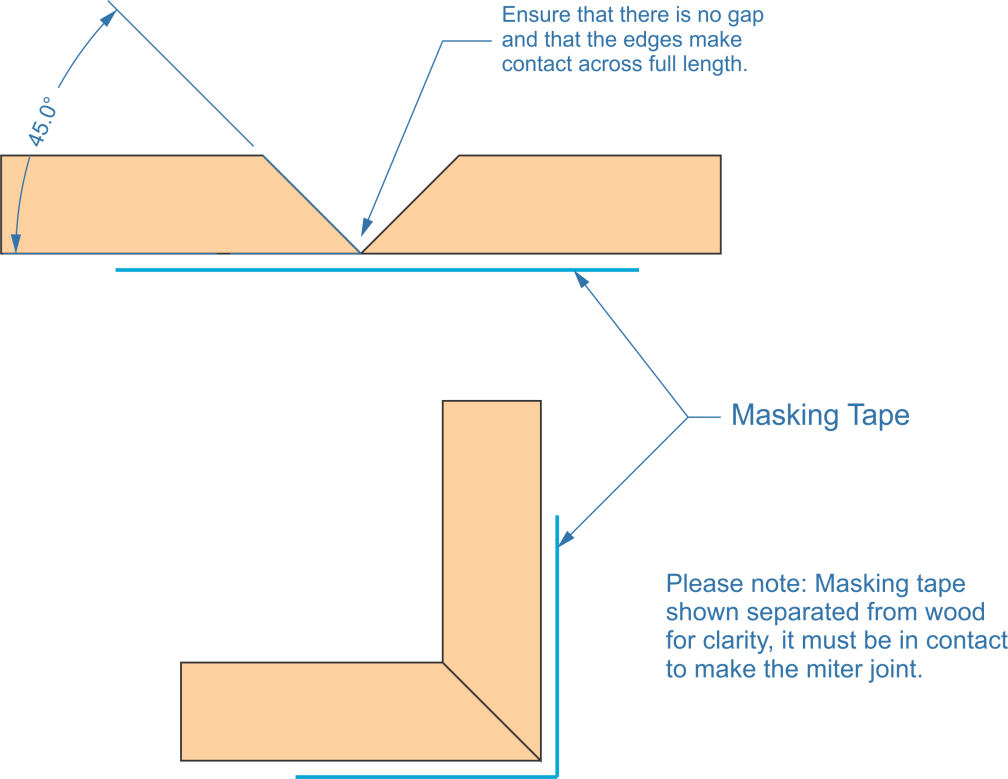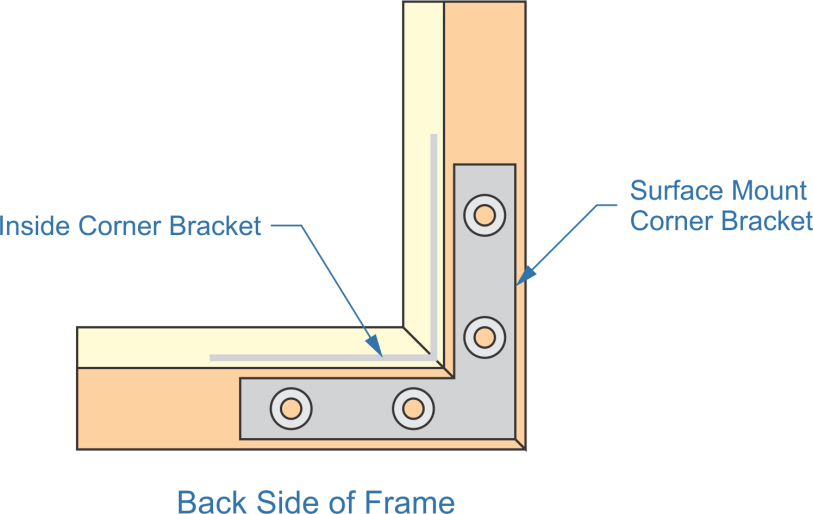Posters have become a staple of American home decor in the last half-century. What started out as a teenage fad, of mostly cheaply printed designs, aimed at the younger generation, has grown up with that generation. Today’s idea of posters isn’t just psychedelic designs, done in fluorescent paint so that they would glow under a black light. Now they are much more sophisticated, varying extensively in design and size.
So what exactly defines something as being a poster? That’s a bit hard to pin down. They are generally mass-produced prints, although today people produce their own off of their home computers and printers. Posters can be nothing more than a picture, although it is common to find that picture combined with some sort of words. There are even posters which are just words, without any image whatsoever. In pretty much all cases, they express a theme that the individual is interested in.
What makes posters so popular is that they are inexpensive. Fine art is costly, as each piece is individually created by the artist. Few of us can afford more than one or two pieces of actual art in our homes, even if we are interested in it. On the other hand, we can fill our walls with posters for a minimal amount of money. Properly presented, posters can be as attractive as art and can express our individual personality, while expressing our personal interests.
Back in the day, teenagers either stapled posters to their bedroom walls or used scotch tape to hold them up, either one of which tended to enrage their parents. But as I’ve said, posters have grown up, so today they’re usually framed or hung with wooden poster hangers at the top and bottom. Both options are considered acceptable, even in nicer homes, as the hangers can provide a “homey, country kitchen” sort of appearance, which is very popular today.
Both of these are commercially available at the same stores which sell posters, including everything from some of the bigger retail chains to upscale shops selling home decor. While the cost of either frames or poster hangers can be very low, the low-end ones are just that, they don’t look all that spectacular and might even be made out of plastic. If we want something that looks a bit better, we’re going to have to pay more; or, we can just make our own.
This is an easy sort of project that can be accomplished in a Saturday afternoon or an evening; at least on the most basic level. If we want something a bit fancier, we might have to invest a bit more time. But even then, it’s a rather simple project to do.
Making a Poster Frame
Making a poster frame is just like making a picture frame. However, poster frames are always thin and simple. The idea is to provide a frame to protect the poster, not something that is a work of art on its own. If the frame detracts from the poster, then it has failed at its basic mission.
One can make poster frames by buying molding, cutting it, and nailing it together. The problem with this though, is that there is little molding out there which is appropriate for making picture frames. An outside corner angle would work, but it is all but impossible to miter it. We need an outside corner angle that is a bit more robust or that is large enough that we can use some sort of corner braces with it.
Adding strength to the idea of an outside corner angle really isn’t all that hard. All we need to do is give the molding a bit more thickness and some more depth. That provides the necessary material for connecting the miter together, as well as adding any necessary bracing.
Making Poster Frame Molding
To make this molding, we need to start by ripping a piece of 1″ thick board stock to whatever depth we want the frame to be. This can mean anything from 3/4″ deep up to 1-1/2″. The 3/4″ dimension of the 1′ stock will end up being the frame molding’s thickness. That’s actually a bit wider than some commercially manufactured poster frames.

With the stock ripped, the next thing that’s needed is to rabbet the back side of the molding, creating the step that the poster and glass will sit into. This needs to be a minimum of 1/4″ deep by 1/4″ wide, but it is best if it comes up to about 1/4″ of the front face of the molding. Regardless of the depth (when measuring from the molding, the width of the rabbet should be 1/4″, leaving 1/2″ of material width for attaching the frame together.
The front edges of the molding can be left square, but it is usually better to provide a slight radius, such as 1/8″ to help prevent and hide any damage that the frame might incur during its life. That’s especially a concern for those who live in rental properties, who might end up moving from their home.
Be sure to sand the visible surfaces of the molding very smooth. Poster frames are usually painted and are usually painted black. However, it is just as acceptable to stain and varnish the frame, if so desired.
Assembling the Poster Frame
Assembling any poster frame is extremely easy. Rather than using glass, they typically are glazed with Plexiglas, although either is acceptable. It is possible to buy both materials at the larger home improvement centers, where they will cut to order. Make sure that the glazing is 1/8″ to 1/16″ smaller than the inside dimension of the step in the finished frame, in both directions.
Measure the poster to be inserted in the frame and cut the molding so that the channel for the Plexiglas and poster is 1/8″ larger than the dimensions of the poster. This is important! The molding shouldn’t be measured at the outer surface, but along the inside edge of the channel to ensure that it ends up the right size. That means cutting the molding with the face side down on the miter saw, so that the measurement marks will be visible.
The easiest way to assemble the poster frame is by using a corner clamp. If one is not available, masking tape can be laid onto the benchtop, sticky side up, and the two sides of the corner taped together, meeting perfectly. Then, when the corner is folded, it will align perfectly, without any gap. In either case, each corner should be both glued and brad nailed together.

If strength of the frame is a concern, metal corner brackets can be installed either on the inside or on the back of the frame.

Making Wood Poster Hangers
Wood poster hangers have largely taken the place of poster frames. They are less costly to make or buy, while providing a bit of a tapestry sort of look to the poster. If so desired, it is possible to make them in such a way as to make it possible to change out the posters from time to time.
These hangers consist of two strips of wood, as wide as or slightly wider than the width of the poster to be put in them. One strip goes at the bottom of the poster and the other at the top. The top one has two small screw eyes mounted to the top edge, one near one end and the other mounted equidistant from the other edge. Cordage of some kind is tied to these for hanging. Rough twine like jute is popular cordage for this, as well as suede lacings.
Hangers can be cut from whatever wood strips are sitting around the workshop, but the most common way to make them is to cut flat molding, perhaps with a pattern stamped into it, to length. The ends are cut straight and should be sanded smooth. When cut from material already in the workshop, they should be between 3/8″ and 1/2″ thick, by 1″ to 2″ high. Paint, stain or otherwise finish the hanger strips as desired, before attaching the screw eyes or the poster.
To attach the hangers to the poster, lay them face down on the workbench. Then lay the poster on the hangers, aligning the edge of the poster with the edge of the hanger strips. Attach the poster to the hanger strip with short (1/4″) staples. Repeat at the other end.
Making Changeable Wood Poster Hangers
For the person who likes to change their decor on a regular basis, there’s an easy way to make wood poster hangers which accommodate those changes. All that’s needed is to glue a magnetic strip onto the back of the hanger strips, running their full length. Don’t use self-adhesive magnetic strips for this, as the adhesive doesn’t bond to the wood very well. If self-adhesive strips are used, apply superglue over the adhesive on the magnetic strip.
The poster will end up clamped between this front part with the magnetic strip attached and a similar magnetic strip on the back. If the same self-adhesive strips are being used, they will need to be attached to a thin wood strip, something like a paint paddle. If there is no adhesive on the magnet purchased, then they can be used without the need to attach the back magnet to wood.



